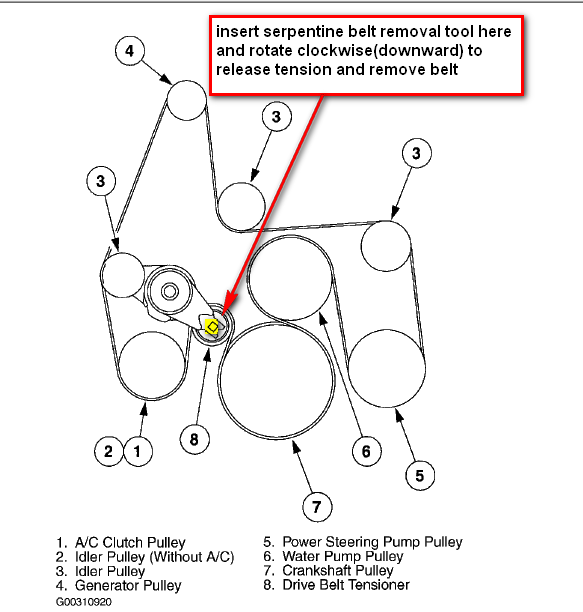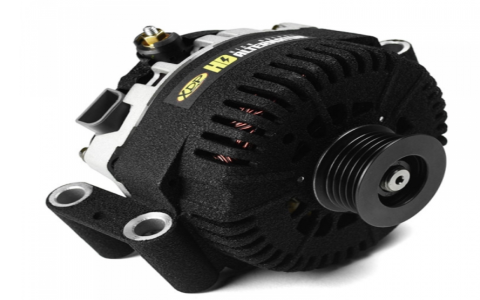Ford 6.0 Powerstroke Serpentine Belt Diagrams: OEM vs. Aftermarket Views
Selecting the correct serpentine belt diagram view for the Ford 6.0L Powerstroke diesel is critical for accurate installation. The choice between an OEM (Factory) diagram view and an Aftermarket (Generic) view significantly impacts reliability and ease of use.
OEM Belt Diagram View
Origin & Presentation: Diagrams published by Ford or in official Ford service manuals (like Haynes/Chilton referencing Ford specs). Illustrations represent the specific engine configuration accurately.
Key Advantages:

- Precise Representation: Diagrams depict the exact layout, tensioner position, idler pulley placement, and accessories (A/C compressor, power steering pump, alternator, fan clutch if equipped) as installed from the factory on your specific model year and engine variant.
- Viewing Angle: Typically shown from the front perspective the technician/owner faces when working on the engine (e.g., looking into the engine bay), showing pulleys relative to the radiator and grille. This matches the real-world repair viewpoint.
- Routing Detail: Path traces around the specific pulleys with clear directional grooves (ribbed side vs. smooth back) indicated.
- Reliability: Mandates no guesswork; ensures belt routing follows engineering specifications.
Aftermarket Belt Diagram View
Origin & Presentation: Generated by belt manufacturers or generic reference sites. Often represent a "universal" view rather than Ford-specific.
Key Considerations & Risks:
- Standardized Views: Frequently use a simplified, schematic-style "flat" view looking down on the engine as if the hood were removed vertically. This can disconnect from the actual physical perspective the user sees.
- Potential Inaccuracies: May show generic layouts based on common configurations, but might not reflect subtle variations in accessory mounting, deleted pulleys, or specific belt lengths for exact Ford applications.
- Viewing Angle Disconnect: The top-down schematic view often requires significant mental rotation to translate into the frontal perspective you actually work from, increasing installation error risk.
- Component Accuracy: Might depict the main idler pulley incorrectly relative to the tensioner arm (a common error point), especially for later-year 6.0L engines.
- Remanufactured Pulleys: Critical point: Aftermarket remanufactured pulleys sometimes use incorrect part numbers that alter the pulley offset. While not a diagram issue per se, relying solely on a generic aftermarket diagram compounds this risk.
Recommendation
Always use the Ford OEM belt diagram view. It guarantees:
- Correct routing path for your specific truck's configuration.
- Alignment with the physical perspective during work.
- Prevention of misrouting, which leads to rapid belt wear, noise, accessory failure, or ejection.
Locate the factory diagram sticker on the radiator support or fan shroud if present. Otherwise, consult an official Ford service manual source (never rely solely on generic aftermarket illustrations). If forced to use an aftermarket belt diagram, scrutinize it against a known OEM source for the correct routing path and pulley relationships, paying close attention to the tensioner-to-idler relationship.

